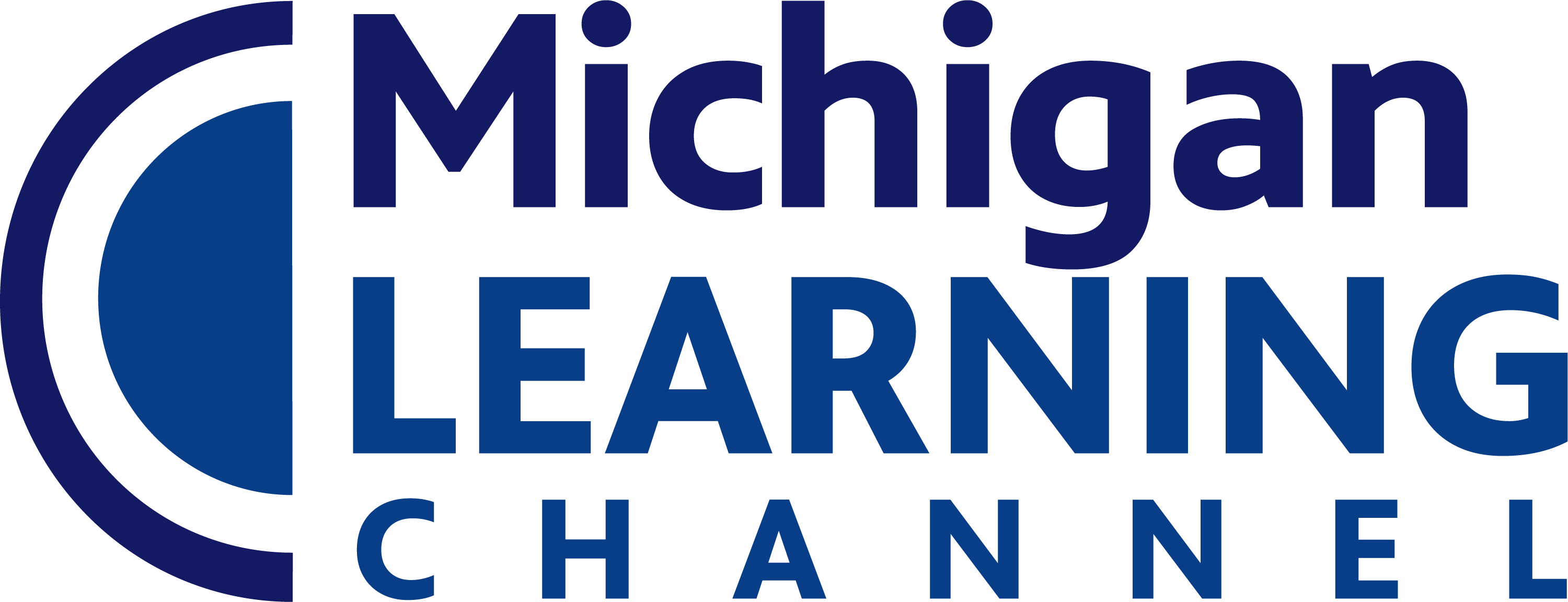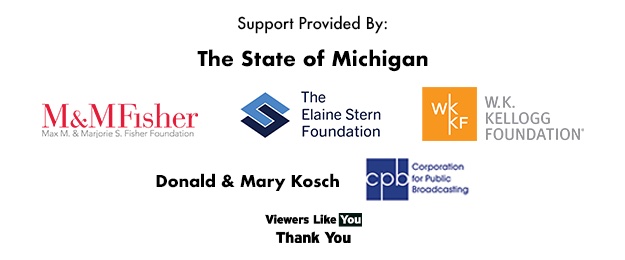Subjects
Shows
Use precise language and domain-specific vocabulary to inform about or explain the topic.
Provide a concluding statement or section related to the information or explanation presented.
Write narratives to develop real or imagined experiences or events using effective technique, descriptive details, and clear event sequences.
Orient the reader by establishing a situation and introducing a narrator and/or characters; organize an event sequence that unfolds naturally.
Use narrative techniques, such as dialogue, description, and pacing, to develop experiences and events or show the responses of characters [...]
Use a variety of transitional words, phrases, and clauses to manage the sequence of events.
Use concrete words and phrases and sensory details to convey experiences and events precisely.
Provide a conclusion that follows from the narrated experiences or events.
Compare and contrast two or more characters, settings, or events in a story or drama, drawing on specific details in [...]
Determine the meaning of words and phrases as they are used in a text, including figurative language such as metaphors [...]
Explain how a series of chapters, scenes, or stanzas fits together to provide the overall structure of a particular story, [...]
Describe how a narrator’s or speaker’s point of view influences how events are described.
Analyze how visual and multimedia elements contribute to the meaning, tone, or beauty of a text (e.g., graphic novel; multimedia [...]
Compare and contrast stories in the same genre (e.g., mysteries and adventure stories) on their approaches to similar themes and [...]
Quote accurately from a text when explaining what the text says explicitly and when drawing inferences from the text.
By the end of the year, read and comprehend informational texts, including history/social studies, science, and technical texts, at the [...]
Determine two or more main ideas of a text and explain how they are supported by key details; summarize the [...]
Explain the relationships or interactions between two or more individuals, events, ideas, or concepts in a historical, scientific, or technical [...]
Determine the meaning of general academic and domain-specific words and phrases in a text relevant to a grade 5 topic [...]
Compare and contrast the overall structure (e.g., chronology, comparison, cause/effect, problem/solution) of events, ideas, concepts, or information in two or [...]
Analyze multiple accounts of the same event or topic, noting important similarities and differences in the point of view they [...]
Draw on information from multiple print or digital sources, demonstrating the ability to locate an answer to a question quickly [...]
Explain how an author uses reasons and evidence to support particular points in a text, identifying which reasons and evidence [...]
Integrate information from several texts on the same topic in order to write or speak about the subject knowledgeably.
Know and apply grade-level phonics and word analysis skills in decoding words.
Use combined knowledge of all letter-sound correspondences, syllabication patterns, and morphology (e.g., roots and affixes) to read accurately unfamiliar multisyllabic [...]
Quote accurately from a text when explaining what the text says explicitly and when drawing inferences from the text.
By the end of the year, read and comprehend literature, including stories, dramas, and poetry, at the high end of [...]
Determine a theme of a story, drama, or poem from details in the text, including how characters in a story [...]
Interpret the product (a/b) × q as a parts of a partition of q into b equal parts; equivalently, as [...]
Find the area of a rectangle with fractional side lengths by tiling it with unit squares of the appropriate unit [...]
Apply and extend previous understandings of multiplication and division to multiply and divide fractions. Interpret multiplication as scaling (resizing) by:
Comparing the size of a product to the size of one factor on the basis of the size of the [...]
Explaining why multiplying a given number by a fraction greater than 1 results in a product greater than the given [...]
Apply and extend previous understandings of multiplication and division to multiply and divide fractions. Solve real world problems involving multiplication [...]
Apply and extend previous understandings of multiplication and division to multiply and divide fractions. Apply and extend previous understandings of [...]
Interpret division of a unit fraction by a non-zero whole number, and compute such quotients. For example, create a story [...]
Interpret division of a whole number by a unit fraction, and compute such quotients. For example, create a story context [...]
Solve real-world problems involving division of unit fractions by non-zero whole numbers and division of whole numbers by unit fractions, [...]
Perform operations with multi-digit whole numbers and with decimals to hundredths. Find whole-number quotients of whole numbers with up to [...]
Perform operations with multi-digit whole numbers and with decimals to hundredths. Add, subtract, multiply, and divide decimals to hundredths, using [...]
Convert among different-sized standard measurement units within a given measurement system (e.g., convert 5 cm to 0.05 m), and use [...]
Make a line plot to display a data set of measurements in fractions of a unit (1/2, 1/4, 1/8). Use [...]
Recognize volume as an attribute of solid figures and understand concepts of volume measurement.
A cube with side length 1 unit, called a "unit cube" is said to have "one cubic unit" of volume, [...]
A solid figure which can be packed without gaps or overlaps using n unit cubes is said to have a [...]
Measure volumes by counting unit cubes, using cubic cm, cubic in, cubic ft, and improvised units.
Relate volume to the operations of multiplication and addition and solve real world and mathematical problems involving volume.
Subjects
Shows
Use precise language and domain-specific vocabulary to inform about or explain the topic.
Provide a concluding statement or section related to the information or explanation presented.
Write narratives to develop real or imagined experiences or events using effective technique, descriptive details, and clear event sequences.
Orient the reader by establishing a situation and introducing a narrator and/or characters; organize an event sequence that unfolds naturally.
Use narrative techniques, such as dialogue, description, and pacing, to develop experiences and events or show the responses of characters [...]
Use a variety of transitional words, phrases, and clauses to manage the sequence of events.
Use concrete words and phrases and sensory details to convey experiences and events precisely.
Provide a conclusion that follows from the narrated experiences or events.
Compare and contrast two or more characters, settings, or events in a story or drama, drawing on specific details in [...]
Determine the meaning of words and phrases as they are used in a text, including figurative language such as metaphors [...]
Explain how a series of chapters, scenes, or stanzas fits together to provide the overall structure of a particular story, [...]
Describe how a narrator’s or speaker’s point of view influences how events are described.
Analyze how visual and multimedia elements contribute to the meaning, tone, or beauty of a text (e.g., graphic novel; multimedia [...]
Compare and contrast stories in the same genre (e.g., mysteries and adventure stories) on their approaches to similar themes and [...]
Quote accurately from a text when explaining what the text says explicitly and when drawing inferences from the text.
By the end of the year, read and comprehend informational texts, including history/social studies, science, and technical texts, at the [...]
Determine two or more main ideas of a text and explain how they are supported by key details; summarize the [...]
Explain the relationships or interactions between two or more individuals, events, ideas, or concepts in a historical, scientific, or technical [...]
Determine the meaning of general academic and domain-specific words and phrases in a text relevant to a grade 5 topic [...]
Compare and contrast the overall structure (e.g., chronology, comparison, cause/effect, problem/solution) of events, ideas, concepts, or information in two or [...]
Analyze multiple accounts of the same event or topic, noting important similarities and differences in the point of view they [...]
Draw on information from multiple print or digital sources, demonstrating the ability to locate an answer to a question quickly [...]
Explain how an author uses reasons and evidence to support particular points in a text, identifying which reasons and evidence [...]
Integrate information from several texts on the same topic in order to write or speak about the subject knowledgeably.
Know and apply grade-level phonics and word analysis skills in decoding words.
Use combined knowledge of all letter-sound correspondences, syllabication patterns, and morphology (e.g., roots and affixes) to read accurately unfamiliar multisyllabic [...]
Quote accurately from a text when explaining what the text says explicitly and when drawing inferences from the text.
By the end of the year, read and comprehend literature, including stories, dramas, and poetry, at the high end of [...]
Determine a theme of a story, drama, or poem from details in the text, including how characters in a story [...]
Interpret the product (a/b) × q as a parts of a partition of q into b equal parts; equivalently, as [...]
Find the area of a rectangle with fractional side lengths by tiling it with unit squares of the appropriate unit [...]
Apply and extend previous understandings of multiplication and division to multiply and divide fractions. Interpret multiplication as scaling (resizing) by:
Comparing the size of a product to the size of one factor on the basis of the size of the [...]
Explaining why multiplying a given number by a fraction greater than 1 results in a product greater than the given [...]
Apply and extend previous understandings of multiplication and division to multiply and divide fractions. Solve real world problems involving multiplication [...]
Apply and extend previous understandings of multiplication and division to multiply and divide fractions. Apply and extend previous understandings of [...]
Interpret division of a unit fraction by a non-zero whole number, and compute such quotients. For example, create a story [...]
Interpret division of a whole number by a unit fraction, and compute such quotients. For example, create a story context [...]
Solve real-world problems involving division of unit fractions by non-zero whole numbers and division of whole numbers by unit fractions, [...]
Perform operations with multi-digit whole numbers and with decimals to hundredths. Find whole-number quotients of whole numbers with up to [...]
Perform operations with multi-digit whole numbers and with decimals to hundredths. Add, subtract, multiply, and divide decimals to hundredths, using [...]
Convert among different-sized standard measurement units within a given measurement system (e.g., convert 5 cm to 0.05 m), and use [...]
Make a line plot to display a data set of measurements in fractions of a unit (1/2, 1/4, 1/8). Use [...]
Recognize volume as an attribute of solid figures and understand concepts of volume measurement.
A cube with side length 1 unit, called a "unit cube" is said to have "one cubic unit" of volume, [...]
A solid figure which can be packed without gaps or overlaps using n unit cubes is said to have a [...]
Measure volumes by counting unit cubes, using cubic cm, cubic in, cubic ft, and improvised units.
Relate volume to the operations of multiplication and addition and solve real world and mathematical problems involving volume.


